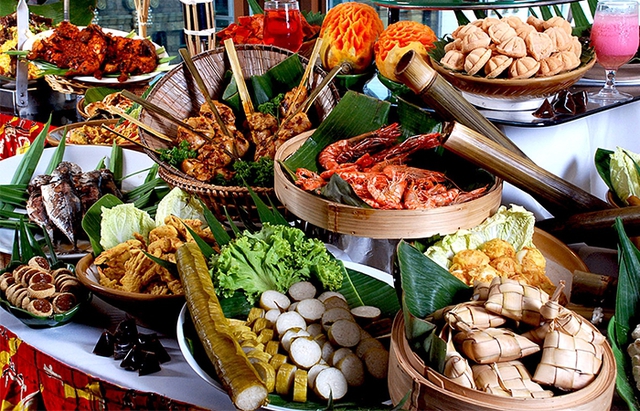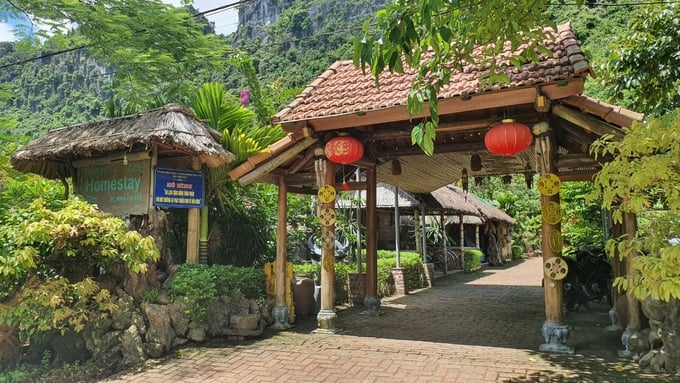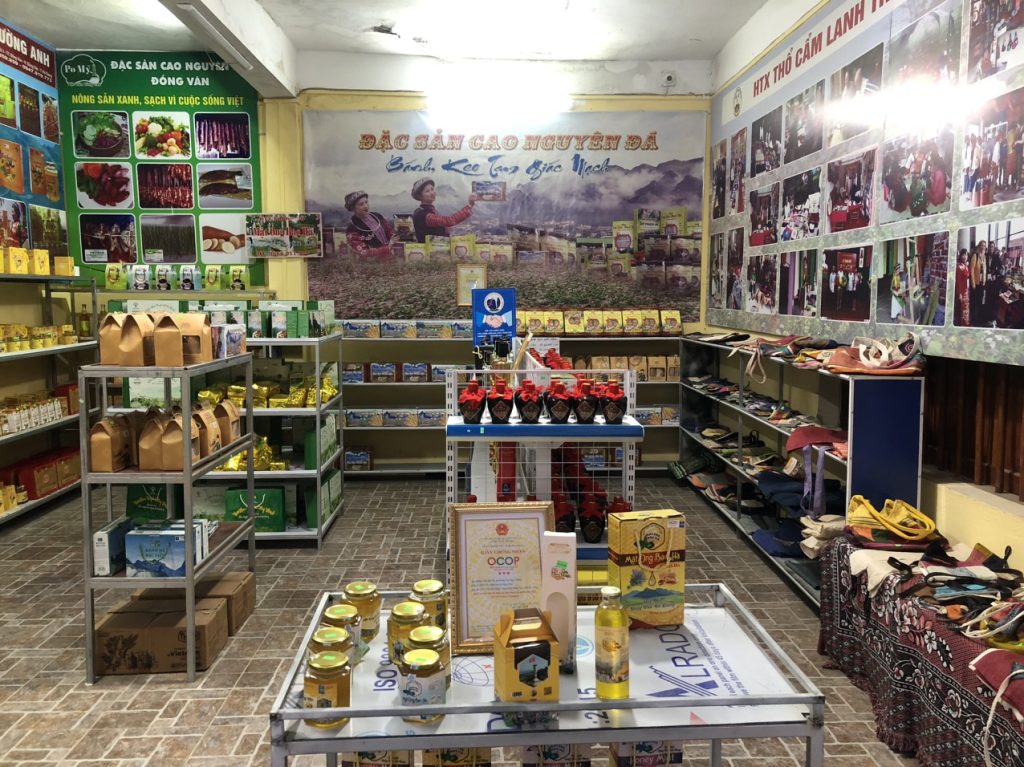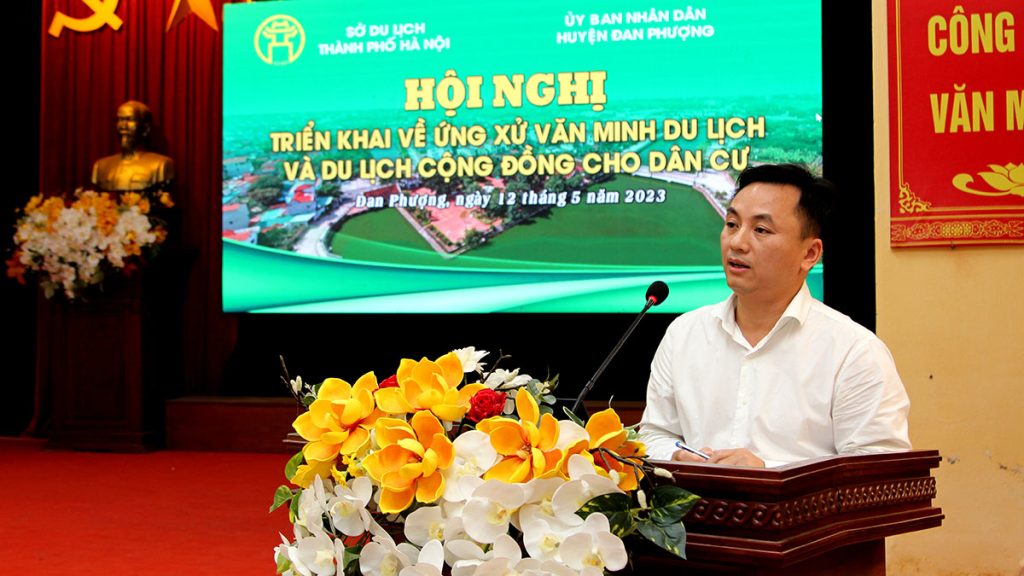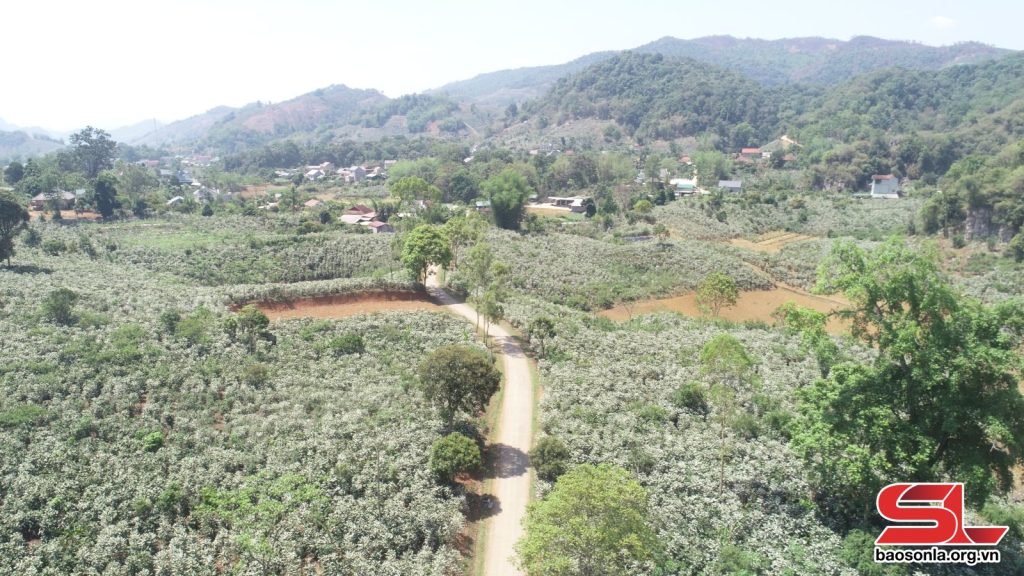(TITC) – The ancient city of Hoi An, a UNESCO World Cultural Heritage site, is renowned for its moss-covered tiled roofs and the poetic Hoai River. Today, it stands as a leading model in developing craft village experience tourism. In Hoi An, traditional craft villages are transforming long-standing cultural values into engines of economic growth, enhancing product appeal by sharing unique stories through hands-on experiences.
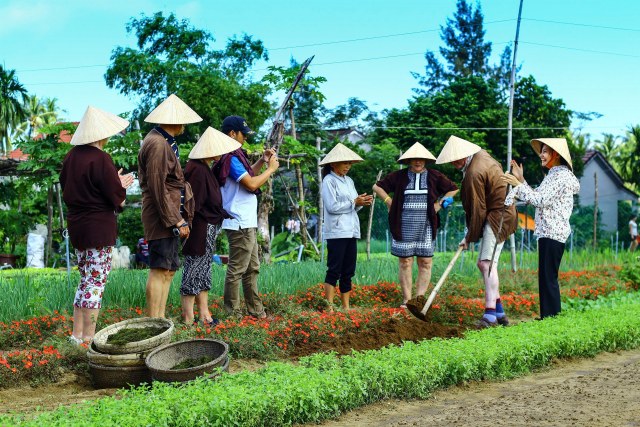
Where Heritage Comes Alive
Hoi An is home to many traditional craft villages with histories spanning hundreds of years, forming the unique cultural identity of the region. In the past, tourists mainly explored the Old Town and bought souvenirs. However, recognizing the immense potential of its craft villages, local authorities and communities have collaborated to develop interactive tours and workshops that allow visitors to take part in the production process – becoming active participants in living heritage.
At Tra Que Vegetable Village, visitors become real farmers for a day. Donning traditional farmer attire and conical hats, they take part in every step of the vegetable-growing process – hoeing, sowing seeds, watering with two-handled cans, and fertilizing with algae, a unique local method. After harvesting, guests join a cooking class to prepare Hoi An specialties using freshly picked ingredients. Throughout the experience, local guides or farmers share the village’s history, traditional farming techniques, and the significance of Tra Que in local life.
In Thanh Ha Pottery Village, visitors learn about the traditional ceramic-making process, from selecting and kneading clay to shaping and firing the pottery in traditional kilns. Under the guidance of skilled artisans, guests can create small items such as bowls, cups, plates, or even playful animal figures, which they can take home as souvenirs.
At the Hoi An Lantern Village, visitors are guided through the steps of making a traditional lantern – bending bamboo frames, applying silk fabric, and decorating the final product. This experience is especially popular in the evening when participants light their handmade lanterns. Artisans also explain the cultural symbolism of lanterns in Hoi An and how they have become iconic to the ancient town.
Economic Impact and Community Benefits
Hoi An is a clear example of how experiential tourism can drive economic success. Tours and workshops, typically priced from tens to hundreds of thousands of VND per person, generate a stable income for craft villages and locals. When visitors actively engage in creating products, they develop an emotional connection, which in turn increases interest in purchasing authentic, locally made goods.
The rise of experiential tourism has also spurred the growth of complementary services: restaurants and cafés featuring dishes made with Tra Que vegetables, souvenir shops linked to local crafts, and bicycle rentals for tourists exploring the villages. These services provide additional income and employment opportunities for the community.
Adding Value and Building a Brand
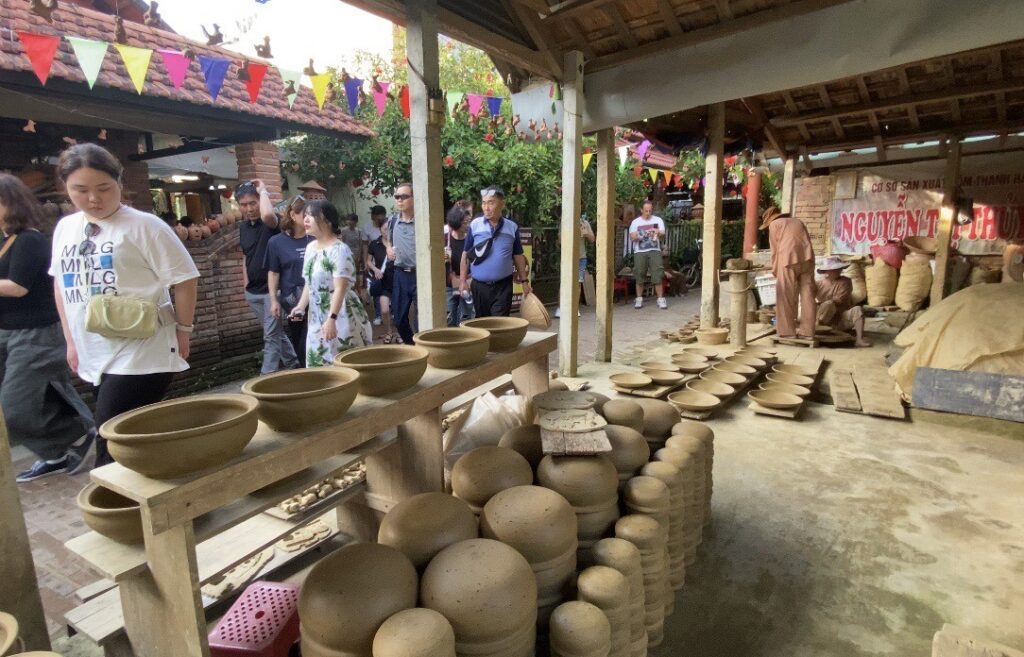
A bunch of Tra Que vegetables, a Thanh Ha ceramic vase, or a handmade lantern from Hoi An is more than just a product – it is a story. These items reflect the artisan’s skill, the visitor’s personal experience, and Hoi An culture. This emotional and cultural value elevates the product beyond its material worth, allowing it to be positioned in a higher-end market segment.
Tourists often share their experiences through photos and videos on social media, creating a powerful ripple effect that promotes Hoi An and its craft villages to a global audience. This organic marketing boosts brand recognition naturally and effectively.
Hoi An exemplifies how craft village tourism can be a sustainable development strategy. By turning each product into a story and every visit into a memorable experience, the city has enhanced product value, increased revenue, and – most importantly – preserved and promoted its invaluable cultural heritage for future generations. This is the path forward for Vietnamese tourism: going beyond scenic beauty to touch the hearts of visitors through meaningful, authentic experiences.
Tourism Information Technology Center

